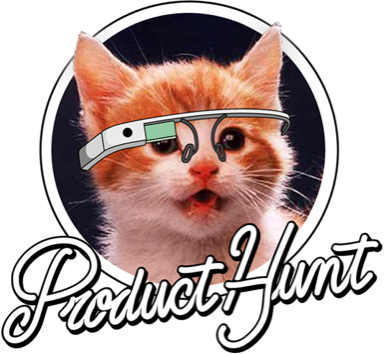Ever since the first iPhone’s release in 2007, people have been trying to kill it. The wannabe murderer’s row has mostly been filled with other phones: the BlackBerry Storm, RIM’s first device with a touchscreen instead of a keyboard, didn’t exactly storm the barricades in 2008. But at least they made a movie about it! By contrast, the Samsung Jet S8000, Nokia N97, and Palm Pre, all released a year later, have also been relegated to the dustbin of history. Every season, there’s a new phone that someone somewhere proclaims will usurp Apple.
Fast forward a couple of decades and the next generation of “iPhone killers” aren’t necessarily phones at all. Mark Zuckerberg, who also tried to take on Apple with the HTC First in 2013, has spent much of 2025 recruiting metaverse, er, AI talent. He thinks AI opens the door to the types of hardware he’s been pitching for years.
“Personal devices like glasses that understand our context because they can see what we see, hear what we hear, and interact with us throughout the day will become our primary computing devices,” he recently wrote. The Wall Street Journal took note, saying that Zuck had “just declared war on the iPhone” without even mentioning its name.
Even if Zuckerberg is right, it’s a bit of a chicken-and-egg situation. Before wearables can fully replace our iPhones (and Androids) they need to be able to do some of the same things smartphones can do at least as well. They need apps.
And while we’ve seen a lot of wearables hit the market the past few years, they’re usually doing so with proprietary software.
The iPhone opened up a whole new world for third-party developers. Who’s ready to start making software for another iPhone killer—but for real this time?




